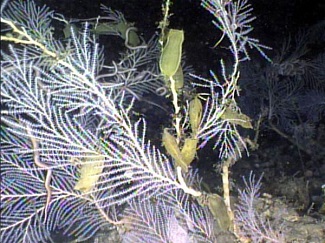Corals Up Close: In the Ocean’s Depths, Sharks Find Babysitters
Octocorals, which benefit a wide range of species, face threats in the Gulf of Mexico
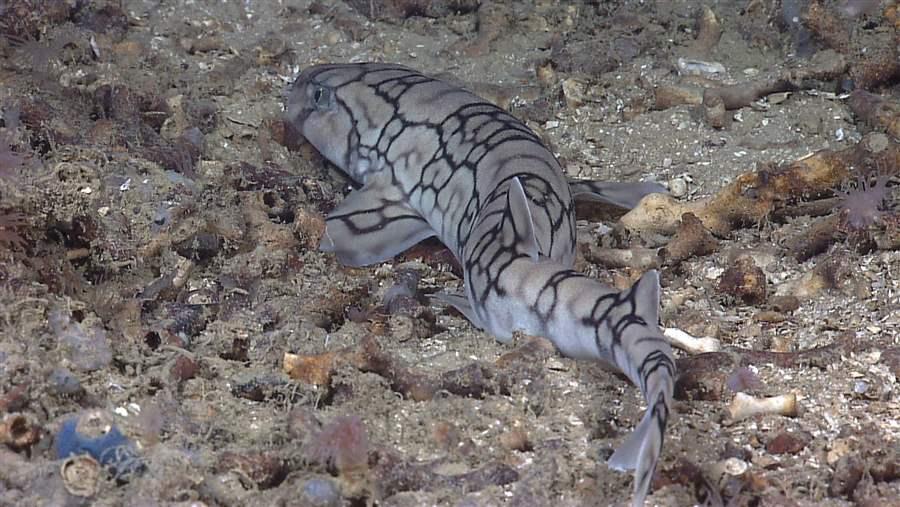
A catshark swims along the bottom of the Gulf of Mexico. Researchers are still trying to determine which species of catsharks lay their eggs on octocorals.
NOAADeep-water corals can live hundreds or even thousands of years and exist in the cold, dark depths of all the world’s seas. This is the third in The Pew Charitable Trusts’ Corals Up Close series. We urge readers to submit comments to the Gulf of Mexico Fishery Management Council in favor of protecting these ancient animals.
Even sharks need babysitters now and then, and for catsharks the need starts early—in fact, right after they lay their eggs.
To keep the egg casings from drifting in the currents, the small sharks sometimes lay those casings on octocorals, which are also known as sea fans, gorgonian, or soft corals. When their time arrives, the catsharks hatch right on the corals.
On one group of octocorals about 70 miles off Louisiana’s southeastern coast, scientists have observed thousands of egg casings and believe this spot is an important nursery area for these sharks.
Other marine animals also use octocorals as a landing place, for example by hanging on to them while capturing food or climbing them to reach more oxygen-rich water higher above the seafloor.
Unlike other kinds of coral, octocorals don’t build reefs. Rather, the soft, flexible animals—which come in many shapes, sizes, and colors—grow alone or in groups. No matter their appearance, octocorals provide vital habitat for many marine species and play a key role in keeping ecosystems healthy.
These ancient corals in the Gulf of Mexico face modern threats, mainly from fishing gear such as trawls, traps, longlines, and anchors, but also from energy development and changing ocean conditions. Gulf fishery managers are considering a proposal to safeguard coral hotspots by restricting the use of such gear in up to 23 sites that scientists deem high priority for protection.
Conserving deep-water corals protects marine habitat that is critical to keeping our oceans healthy. To learn more, watch the Pew video and sign our action alert.
Holly Binns directs The Pew Charitable Trusts’ efforts to protect ocean life in the Gulf of Mexico, the U.S. South Atlantic Ocean, and the U.S. Caribbean.


America’s Overdose Crisis
Sign up for our five-email course explaining the overdose crisis in America, the state of treatment access, and ways to improve care
Sign up
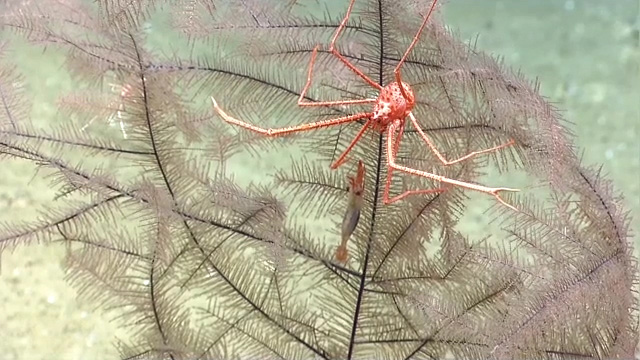
This video is hosted by YouTube. In order to view it, you must consent to the use of “Marketing Cookies” by updating your preferences in the Cookie Settings link below. View on YouTube
This video is hosted by YouTube. In order to view it, you must consent to the use of “Marketing Cookies” by updating your preferences in the Cookie Settings link below. View on YouTube
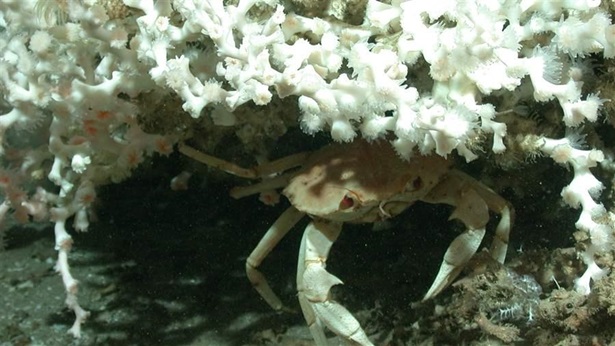
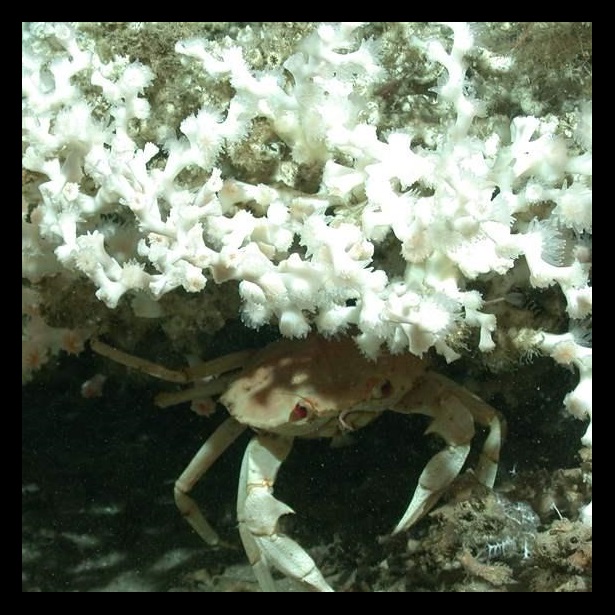
Ancient Corals Need Protection From Modern Threats
Deep-sea communities face risks from industrial activity, fishing, and ocean warming and acidification
Learn More
